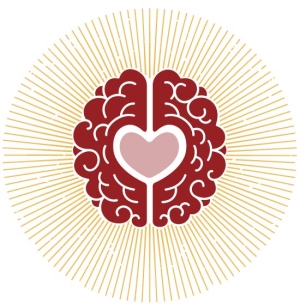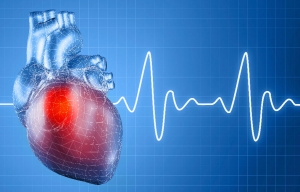Healthy and well-balanced nutrition can unlock the full potential of your mind and safeguard your cognitive well-being.
The brain is a marvel of complexity and relies on nourishment to thrive, to produce energy, and synthesize neurotransmitters and maintain their balance in the body. It needs nutrients to synthesize and regulate various hormones, produce and repair nerve synapses (the connection between two neurons) and the myelin sheath (the protective covering around the neurons). The brain also requires a healthy blood-brain barrier which controls the passage of substances between the bloodstream and the brain.
Coenzyme Q10 (CoQ10), or ubiquinone, is a fat-soluble compound produced internally in humans and animals, but often in limited amounts. The name ubiquinone reflects “ubiquitous” presence of this compound in all living beings and its chemical structure containing benzo ”quinone”.
CoQ10 is required in smaller amounts as compared to many vitamins and minerals, however, it is essential for healthy function of all tissues and organs in our body. It is an important cofactor in the mitochondrial energy cycle to generate bioenergy molecules (ATP) through aerobic respiration in every cell.
Despite ever increasing prescriptions for the cholesterol-lowering drugs knows as statins, cardiovascular disease continues and is expected to increase 40% worldwide by 2030. Atherosclerosis, the underlying cause of heart attacks and strokes, causes a staggering 17 million deaths each year.
This disease persists because conventional medicine has consistently failed to address its root causes; instead it focuses merely on its symptoms by mechanical lowering of blood cholesterol levels, blood pressure, and blood sugar with drugs. It is now becoming evident that targeting blood cholesterol has not been successful in controlling heart disease.
A synergistic combination of micronutrients comprised of various vitamins and minerals is essential for survival and maintaining optimal health. Vitamins are organic substances produced by plants or animals, while minerals are inorganic elements present in the soil and water and are absorbed by plants. The main source of minerals for humans is through the plants we eat. However, a study published in 2004 in the Journal of the American College of Nutrition concluded that in the past fifty years there has been significant decline in the nutritional content of vegetables and fruits with regards to the amount of vitamins C and B2, protein, calcium, iron, and phosphorus. Based on their results, the authors estimated that there would likely have been similar declines in other nutrients as well, such as magnesium, zinc, and vitamins B6 and E. Aggressive farming practices, and the abundant use of chemical fertilizers, pesticides, and other harmful chemicals are the main reason for the nutritional decline. It is claimed that today one would have to eat eight oranges to derive the same amount of Vitamin A as our grandparents would have obtained from one.
Heart Failure is a serious health condition where the heart is unable to pump enough oxygenated blood to other parts of the body. According to the Centers for Disease Control and Prevention (CDC), about 5.1 million people in the US are affected by heart failure and about 40-50% of them die within one year of diagnosis. The economic impact of heart failure is huge, as the national heart failure treatment costs average about $32 billion including the work absences. Worldwide, approximately 23 million people suffer from heart failure.
Muscles are contractile connective tissue that help in the movement of various organs in the body. Approximately 50% of human body weight consists of the muscle weight. There are three types of muscles in the body: skeletal, smooth and cardiac muscles, with each one having very specialized structure and functions.
Approximately 40% of the world population and almost one in three adults in the US have high blood pressure, which in individuals with additional genetic predisposition to heart disease greatly increases their risk of heart attacks and stoke. According to the World Health Organization, heart disease contributes to 17 million deaths worldwide each year, including 4 million deaths in Europe and 600,000 in the US.
Despite ever increasing prescriptions for high blood pressure and cholesterol reducing medications, cardiovascular disease is expected to increase to 40% by 2030. This is because conventional medicine does not address the root causes of these conditions, but focuses instead on the mechanical lowering of blood pressure or cholesterol readings with highly profitable drugs.
Connective tissue is the most abundant type of tissue in our body. The shape and form of the body, including its organs, muscles, bones, and cartilage, are determined by the properties of connective tissue. Skin, blood, blood vessels, adipose tissue (fat cells), tendons, ligaments, and teeth are various examples of connective tissue. Therefore, the term “connective tissue diseases” encompasses a wide range of ailments; some of them are inherited, while others develop as autoimmune diseases due to excessive inflammation. Examples of autoimmune connective tissue diseases are scleroderma, lupus, rheumatoid arthritis, vasculitis (inflammation of blood vessels), mixed connective tissue diseases, etc.







